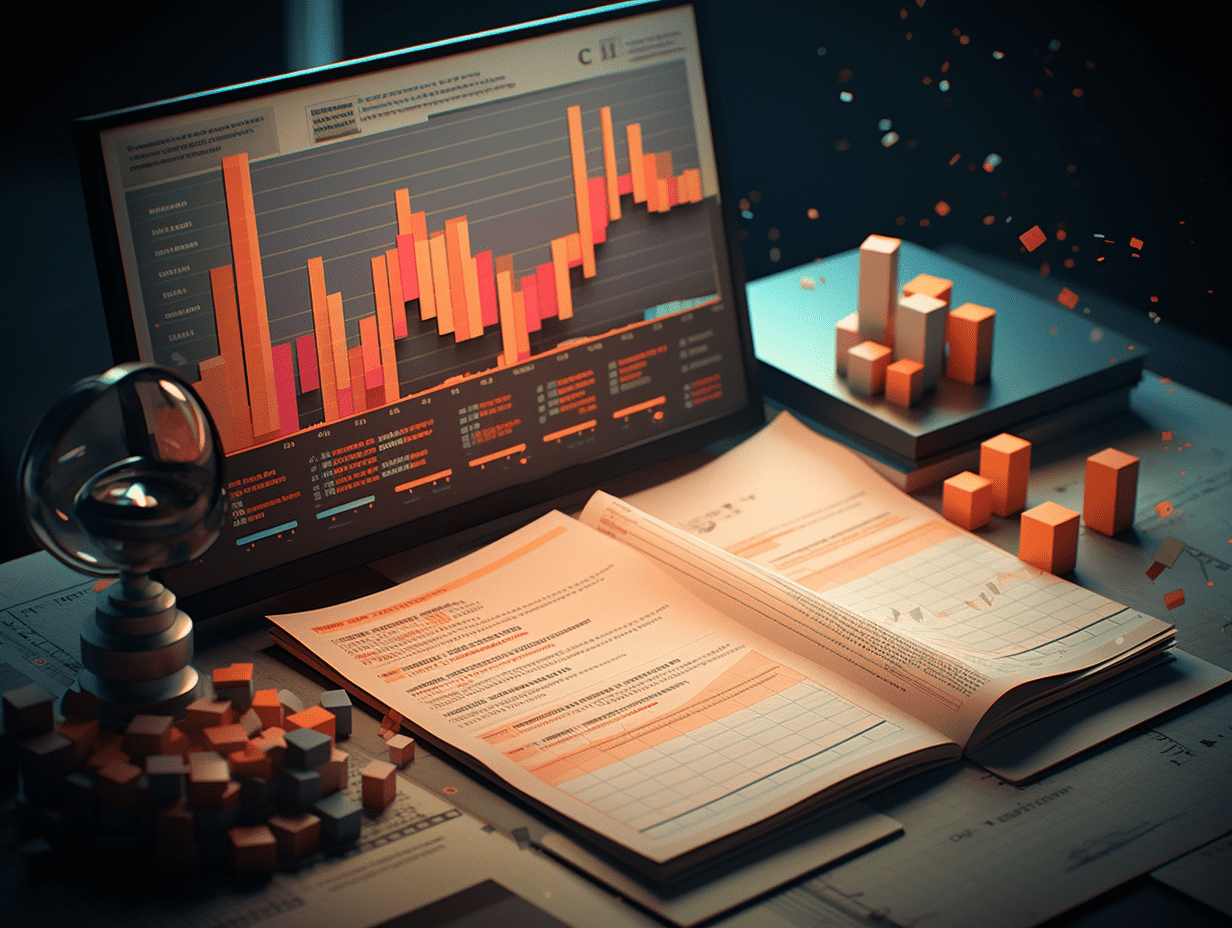Global reserve assets face major changes: central banks are "buying, buying, buying", and if gold breaks through $5790, it will surpass the US dollar's status.
According to calculations by the Deutsche Bank team, the proportion of gold to global foreign exchange and gold reserves has increased from 24% at the end of June this year to 30% based on the current spot gold price. In order for the gold share to be at par with the US dollar and to surpass it, the gold price would need to rise to above $5790 per ounce - assuming the amount of gold held remains the same. At that time, gold and the US dollar would each account for 36% of global reserve assets.
The position of gold in global central bank reserves is undergoing a historic transformation. As of now, the proportion of gold in global foreign exchange reserves plus gold total assets has surpassed 30%, while the proportion of the US dollar has decreased to 40%.
According to the latest calculations by Deutsche Bank, if the price of gold surpasses $5790 per ounce, gold will equal the US dollar in global reserves, each accounting for 36%, achieving a historic breakthrough. This price is only about 33% higher than the current level.
The strong rise in the price of gold over the past six months has increased the proportion of gold reserves from 24% to 30%, while during the same period, the proportion of the US dollar has decreased from 43% to 40%. The World Gold Council's survey this year shows that 43% of central banks plan to increase their gold holdings, higher than last year's 29%, and 95% of reserve managers expect that the global central bank gold holdings will increase in the next 12 months.
This trend accelerated since 2022 when the US weaponized the dollar in the Russia-Ukraine conflict, leading central banks to rapidly increase their gold holdings at the fastest rate in 55 years. For investors, the continued increase in central bank holdings means long-term support for the gold price, while the dominant position of the US dollar in the global reserve system is facing structural challenges.
Gold reserve proportion surges by 6 percentage points in six months
Data updated last Friday by Deutsche Bank analyst Michael Hsueh shows that, based on the current spot gold price, the proportion of gold in global foreign exchange and gold reserves has increased from 24% at the end of June this year to 30%. This unprecedented surge only took a few months.
Meanwhile, the proportion of the US dollar in the same calculation has decreased from 43% to 40%. This means that the gap between gold and the US dollar has narrowed from 19 percentage points to 10 percentage points, nearly halving.
Deutsche Bank's team further calculates that for gold to equal and surpass the dollar, the gold price would need to rise to over $5790 per ounce - assuming the gold holdings remain the same. At that point, gold and the dollar will each account for 36% of global reserve assets.
Central banks' willingness to increase holdings continues to strengthen
As early as July this year, Deutsche Bank discussed whether central bank gold purchases would be a constraint on the gold price. The conclusion then was negative. Data shows that central banks' preference for gold is only increasing.
A survey conducted by the World Gold Council from February 25 to May 20 this year found that the proportion of central banks planning to increase their gold holdings rose from 29% to 43% compared to the previous year. More notably, 95% of reserve managers expect that the global central bank gold holdings will increase in the next 12 months, a significant increase from 81% last year.
This trend can be traced back to November 2022 when the gold price hit a ten-year low, but it was at that point that central banks began buying gold at the fastest rate in 55 years. This shift occurred months after the US weaponized the dollar in the Russia-Ukraine conflict, seen as the largest de-dollarization action since the end of the Bretton Woods system. Since then, the gold price has been rising.
Measurement standard: foreign exchange reserves rather than total assets
Deutsche Bank emphasizes that discussing the proportion of gold in central bank assets requires a clear criterion. Compared to total central bank assets, the proportion of gold in foreign exchange and gold reserves is more meaningful as these are the only assets priced in foreign currencies, which can be used to defend the domestic currency.
Taking the European Central Bank as an example, as of the end of September, gold accounted for 80% of its foreign exchange and gold reserves but only 18% of total assets. The total assets of the European Central Bank by the end of 2024 were 6.4 trillion euros, of which 4.5 trillion euros (71%) were "euro area resident securities denominated in euros," these assets are priced in the domestic currency.
The situation in the US is similar. As of the end of September, gold accounted for 96% of the US foreign exchange and gold reserves but only 15% of total assets.
Due to this, the Deutsche Bank team believes that reserve managers are more likely to assess their gold holdings based on the proportion of gold in their foreign exchange and gold reserves, as only these assets can be used for currency defense.
This article is reproduced from "Wall Street See News," author: Zhao Ying; GMTEight Editor: Huang Xiaodong.
Related Articles

HK Stock Market Move | Car stocks collectively rise LEAPMOTOR (09863) continues to rise by nearly 5% in September, domestic production and sales of new energy vehicles hit a record high.

HK Stock Market Move | EVEREST MED (01952) surged over 6% in early trading. EVM14 addresses the clinical pain points of squamous cell carcinoma treatment and leads the way in clinical development progress.
.png)
Hualong Securities: Industry fundamentals are good, focus on leading forklift companies.
HK Stock Market Move | Car stocks collectively rise LEAPMOTOR (09863) continues to rise by nearly 5% in September, domestic production and sales of new energy vehicles hit a record high.

HK Stock Market Move | EVEREST MED (01952) surged over 6% in early trading. EVM14 addresses the clinical pain points of squamous cell carcinoma treatment and leads the way in clinical development progress.

Hualong Securities: Industry fundamentals are good, focus on leading forklift companies.
.png)
RECOMMEND

Why European Automakers Are Opposing Dutch Sanctions
20/10/2025

Domestic Commercial Rockets Enter Batch Launch Era: Behind the Scenes a Sixfold Cost Gap and Reusability as the Key Breakthrough
20/10/2025

Multiple Positive Catalysts Lift Tech Stocks; UBS Elevates China Tech to Most Attractive, Citing AI as Core Rationale
20/10/2025


